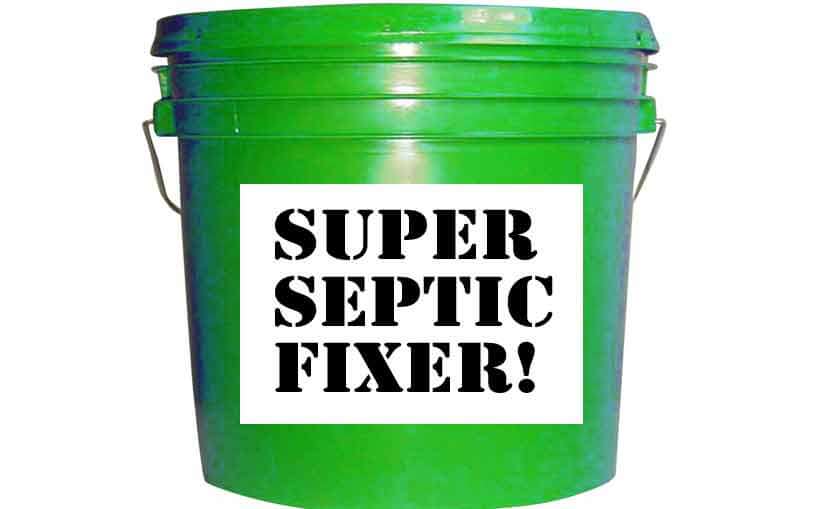This article will discuss using grey water systems to limit water going into your
drain field lines. By the time your septic system is up and running, you can never deny the fact that
you have two separate divisions to look after—the septic tank and the drain
field. The septic tank is the part that collects and treats the wastewater that
your home or business produces every single day. With the help of the septic
tank, your wastewater’s solid waste particles will be degraded until a clear
effluent can pass through the outlet pipe towards the drain field. The drain
field has drain field lines that are perforated so that the pre-treated
effluent can be distributed evenly throughout the drain field to be treated and
purified before it is fully released into the surrounding environment. Drain
field lines need to be clear of solid waste all the time so that it can perform
its work efficiently. To make sure that the solid waste particles stay in the
sludge area of the septic tank and not flow into the drain field, the water
load inside the tank should be according to the capacity it was made for. If
your home of business uses too much water and the septic tank is the only one
that collects both grey water and backwater, then the increased water pressure
inside the tank will stir up the solid waste particles in the tank, delaying
the breakdown process of the resident anaerobic bacteria. The solid waste
particles then flow into the drain field, clogging the drain field lines. This
results to an overall septic system failure.
It would be wise to
have a grey water system installed within your premises. This will be very
useful in separating the backwater and the grey water. Backwater is the
wastewater that contains human waste or toilet waste while grey water is the
wastewater that comes from the bathtubs, sinks, laundry, and shower area. If
you want to lessen the water load of your septic system, then a grey water
system could isolate the grey water and treat it so that it could be used again
within your premises. It will b very economical for you to have a grey water
system as well. An ordinary grey water system can save you 50 gallons to 100
gallons of water every single day. This, of course, depends on how you use
water in your home or business. Your water bill will be cut down because you
won’t have to use your clean water supply to water your lawn. However, you
should not use your recycled grey water to water your vegetable garden.
Several types of
grey water systems are available for you to consider:
- Composting
toilets—these reduce your water consumption by using little water or no water
at all from the home’s or building’s clean water supply. - Cisterns—have
been functional since before history has been recorded. It collects and stores
water from various sources including rainwater. Today’s cisterns are made of
plastic, steel, fiberglass, or concrete. - Drywells—are
facilities that are able to dispose of grey water right on-site. No provisions
for water re-use or storage are included. - Composting
toilets—these toilets are able to decrease the amount of water consumed by
using little water or no water at all from the structures main water supply. - Drip
irrigation systems—use filters grey water to take care of plants and lawns.
They collect and distribute the grey water from your building or home right
into a drip irrigation system. - Rainwater collection systems—give you an
alternative water supply to be used for watering plants and flushing down
toilets. - Waterless
toilets—are toilets that do not use water at all like the incinerating toilets. - Low
flush toilet systems—these are toilet systems that only use a very small amount
of water to perform the flush cycle.
Using
grey water systems to limit water going into your drain field lines is a great idea to
save water and save your drain field lines from clogging and possible failure. Choose
the most ideal grey water system that you can have for your home or business by
discussing the options with your septic expert.

